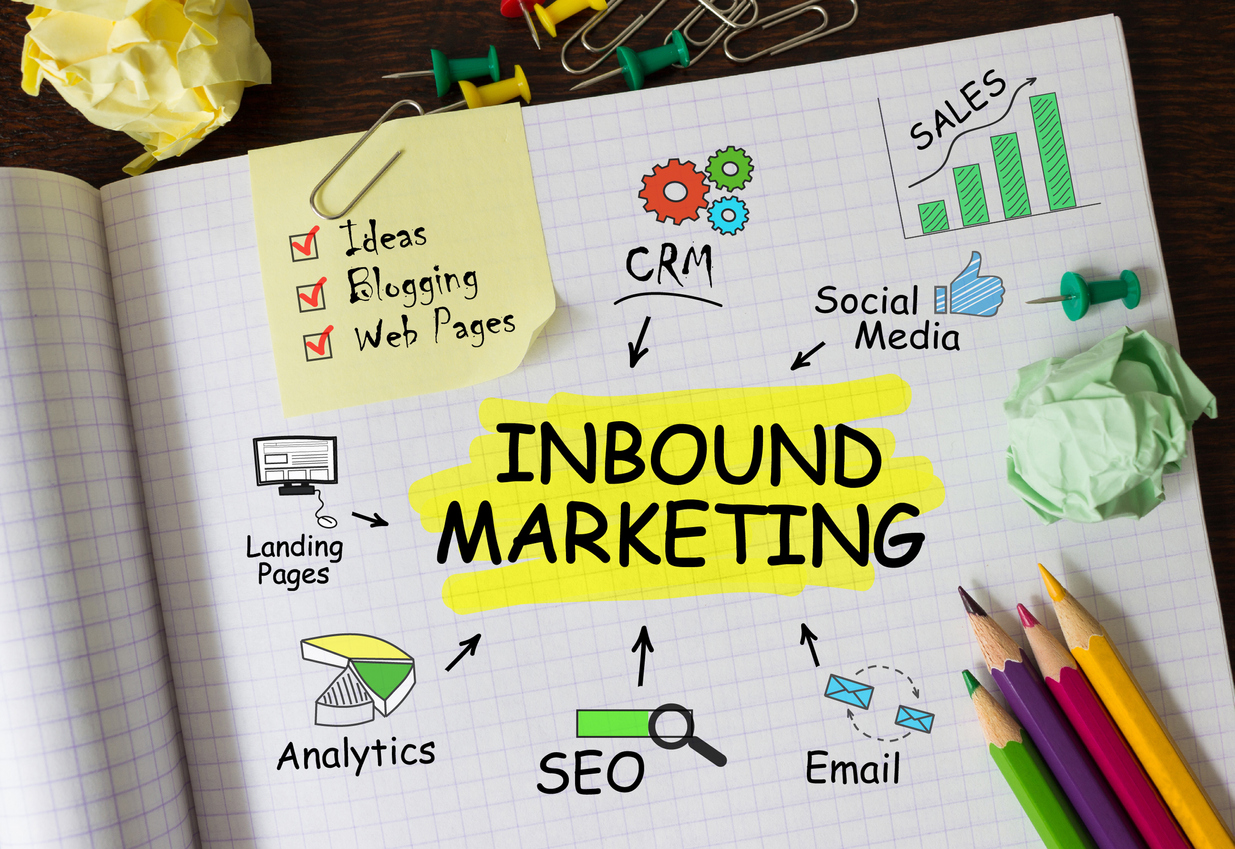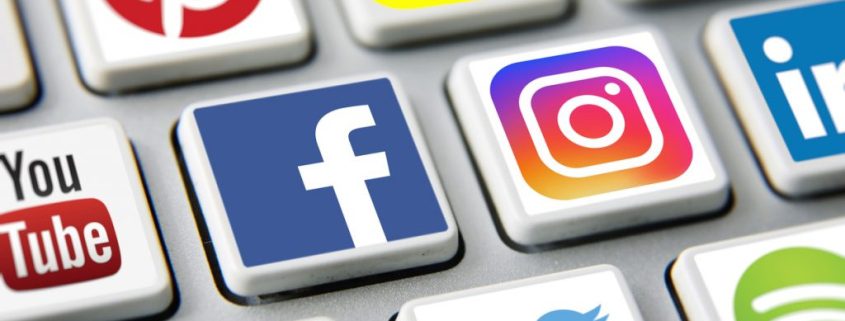
When Are the Best Times to Post On Social Media?
There are currently more than 5.02 billion people using social media. In 2025, that number is expected to grow to around 6.07 billion. Additionally, those people spend an average of 145 minutes a day using social media. If these numbers tell you anything, it’s that your business has to use social media as a way to reach and expand your target audience. Most businesses have some kind of social media presence at this point; however, to successfully grow and optimize your social media, you need to remain active by regularly posting to your social pages. The thing is, to reach as big of an audience as possible, you need to know the best times to post on social media.
The Importance Of Social Media Engagement and The Best Times To Post
When you post to social media is important because it directly affects the level of engagement you’ll receive. Although you may have numerous social media marketing goals, increasing engagement is arguably the most crucial. Engaging your followers is what’s going to keep them interested in your brand. Engaged followers will be more likely to share your content, visit your website, and, eventually, convert. If the content you’re posting isn’t relevant, it won’t be engaging. Additionally, if your followers simply miss your posts, you miss your chance of engaging them.
Social Media Campaigns for Attracting Prospects and Generating Leads
Knowing When To Post To Social Media
When you post content to your social pages, you’ll want to make sure it’s seen by as many people as possible. If you post content at a time when none of your target audience is online, it won’t do very well. Timing is everything. There are a number of factors to take into consideration when figuring out when to schedule your posts.
First, different social media channels have different user bases. People may be more active at night on one platform than they are on another. Second, you need to know your target audience. Different demographics tend to use social media at different times of the day. With this in mind, the following is a general breakdown of when to post on various social media platforms:
-
Facebook
Many people will check Facebook towards the end of their workdays as they wind down and get ready to stop working. As such, posting between 3 PM and 4 PM will often result in a lot of exposure. You’ll likely reach that same audience between 1 PM and 4 PM at the end of the workweek as well, on Thursdays and Fridays. However, typically speaking, users are less active before 2 PM.

-
Twitter
Like Facebook, Twitter gets the most engagement during regular work hours. It’s especially active from 12 PM to 1 PM and during commuting times. Basically, people check Twitter when they have some free time available away from home. Twitter posts see less engagement outside of working hours, especially in the evenings and on weekends.
-
Instagram
Instagram does have a younger audience than Twitter and Facebook. As such, you’ll get much more engagement in the evenings from 7 PM to 9 PM. Midday (11 AM to 1 PM) is also a good time to post to Twitter. Instagram engagement also tends to spike on Wednesdays. However, like Facebook and Twitter, Instagram posts see less engagement on the weekends.
-
LinkedIn
Because LinkedIn is a professional social platform, posts tend to do best during work hours. There tends to be a significant drop-off in activity after 5 PM. Posts due best on LinkedIn when published between Tuesday and Friday. People often stay away from LinkedIn on weekends and are too busy on Mondays to engage on LinkedIn substantially.
Schedule Your Posts Appropriately To Improve Engagement
Use this general breakdown to get an idea of when the best times are to post to social media. Just keep in mind that your specific audience plays a big part in when you should post. For instance, older audiences are less likely to engage on social media late at night, while younger audiences are.


























